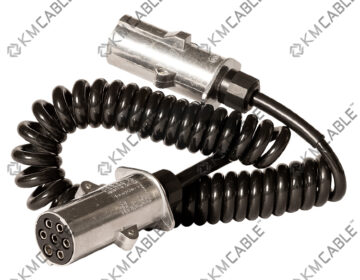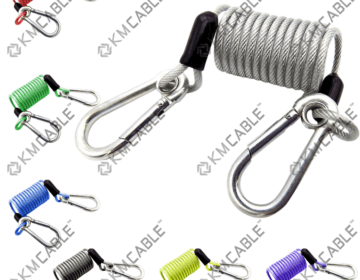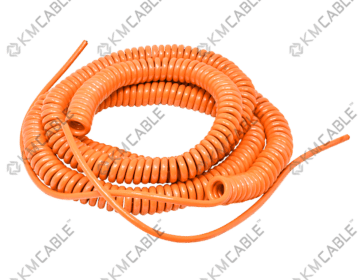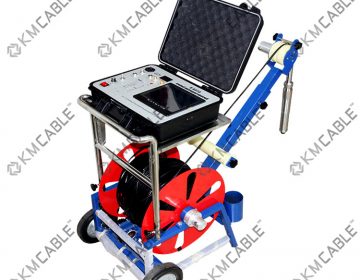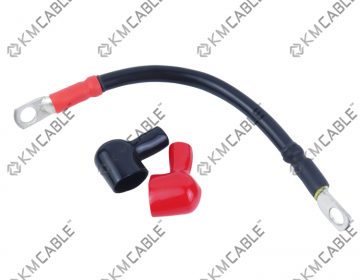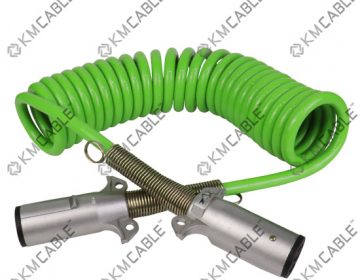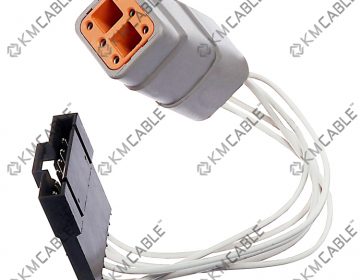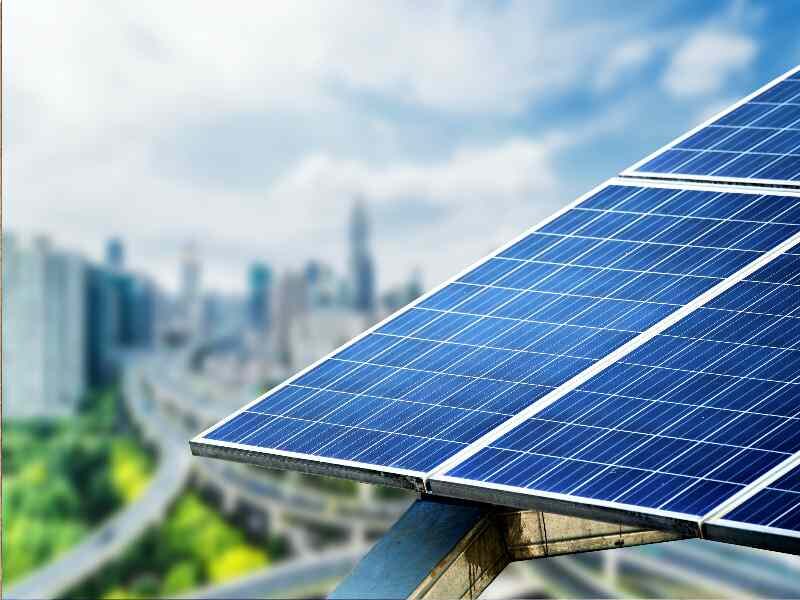
The rapid expansion of photovoltaic (PV) systems worldwide has driven significant advancements in the components that enable efficient and reliable solar energy generation. Among these components, solar cables play a crucial role in ensuring the safe and effective transmission of electricity from solar panels to inverters and ultimately to the grid or storage systems. As we look to 2026, the evolution of solar cable technologies, standards, materials, and installation practices continues to shape the future of clean energy. This article explores the state of solar cables in PV systems in 2026, focusing on technological innovations, regulatory frameworks, material improvements, and industry best practices.
Overview of Solar Cable Technologies in 2026
In 2026, the landscape of solar cable technologies reflects both incremental improvements and notable innovations. Solar cables are now specifically engineered for the unique requirements of photovoltaic systems, including high UV exposure, temperature fluctuations, and long service life. Modern PV cables typically feature enhanced insulation and sheathing materials, allowing them to withstand outdoor environments and resist degradation from sunlight, moisture, and chemicals. The adoption of halogen-free, flame-retardant compounds has also become widespread, further improving safety and environmental compatibility.
Another significant development is the integration of smart monitoring capabilities into select solar cables. These smart cables embed sensors that provide real-time data on temperature, current flow, and potential faults, enabling predictive maintenance and minimizing downtime. While such technologies were experimental in earlier years, by 2026 they are increasingly being adopted in utility-scale and commercial PV installations, supporting the shift toward smarter, more resilient solar energy infrastructure.
Furthermore, solar cable design has become more standardized, with modular connectors and color-coded insulation simplifying installation and reducing the risk of errors. Newer cable types are also optimized for higher voltages and currents to accommodate larger, more efficient solar arrays. These advancements ensure that solar cables remain a vital link in the expanding PV ecosystem, supporting both performance and safety.
Key Standards and Certifications for PV Cables
By 2026, adherence to rigorous standards and certifications has become the norm for solar cables used in PV systems. International standards such as IEC 62930 (for DC cables in PV systems) and EN 50618 (for harmonized PV cable requirements in Europe) are widely recognized and enforced. These standards specify requirements for electrical properties, mechanical strength, UV resistance, and flame retardancy, ensuring that cables can endure the demanding conditions of solar installations.
In addition to international standards, regional and national certification bodies play a critical role in verifying cable quality and safety. For instance, Underwriters Laboratories (UL) in North America and TÜV Rheinland in Europe provide independent testing and certification for PV cables. Products bearing these certification marks assure installers and system owners of compliance with local codes and reliability for long-term operation. By 2026, digital traceability and certification have become common, enabling stakeholders to verify cable authenticity and performance history through QR codes or blockchain-based records.
The growing focus on sustainability has also led to the introduction of green certifications for solar cables, evaluating their environmental impact across the product lifecycle. Cables that meet stringent criteria for recyclability, low toxicity, and minimal carbon footprint are increasingly preferred in large-scale and government-funded solar projects. This trend underscores the industry’s commitment to not only safe and reliable energy but also to environmentally responsible practices.
Advances in Materials and Durability for Solar Wiring
Material science has driven remarkable progress in the durability and performance of solar cables by 2026. The latest generation of PV cables employs cross-linked polyethylene (XLPE) and thermoplastic elastomers (TPE) as insulation materials, offering superior resistance to UV radiation, ozone, and thermal aging. These materials extend the typical lifespan of solar cables well beyond 30 years, matching or exceeding the operational life of modern solar panels.
Innovations in conductor materials have also contributed to enhanced efficiency and reliability. While copper remains the preferred conductor for its excellent conductivity, advancements in aluminum alloy cables have made them a viable alternative for large-scale projects where weight and cost are critical factors. Enhanced surface coatings and corrosion inhibitors further protect both copper and aluminum conductors from environmental degradation, especially in coastal or industrial settings.
Moreover, the industry has embraced the use of recyclable and halogen-free compounds in cable construction, reducing both environmental impact and fire risk. These materials not only meet stricter safety regulations but also align with the growing demand for sustainable energy solutions. As a result, solar cables in 2026 combine robust performance with a lighter environmental footprint, supporting the long-term growth of renewable energy.
Installation Practices and Maintenance Trends in PV Systems
Installation practices for solar cables in 2026 reflect a blend of automation, digitalization, and improved safety protocols. Pre-assembled cable harnesses and plug-and-play connectors have become standard, significantly reducing on-site labor and the potential for installation errors. Robotic cable laying and routing are increasingly used in utility-scale projects, ensuring consistent quality and minimizing human exposure to hazardous conditions.
Maintenance trends have shifted toward predictive and condition-based approaches, enabled by the integration of smart cable technologies and advanced monitoring systems. Installers and operators can now remotely track cable health, detect hotspots, and identify insulation faults before they escalate into failures. This proactive maintenance strategy reduces downtime, extends system life, and improves overall reliability—key factors as PV installations scale up in size and complexity.
Training and certification for installers have also evolved, with a greater emphasis on digital tools and safety standards. Virtual reality (VR) and augmented reality (AR) platforms are used for installer training, simulating real-world scenarios and reinforcing best practices for cable handling, routing, and termination. These developments ensure that the workforce is well-equipped to manage the latest technologies and maintain high standards of quality and safety in solar cable installation and maintenance.
The evolution of solar cables in photovoltaic systems by 2026 highlights the industry’s commitment to advancing both technology and sustainability. From enhanced materials and smart monitoring to stringent standards and innovative installation practices, every aspect of solar wiring is being refined to meet the growing demands of renewable energy deployment. As PV systems continue to proliferate worldwide, robust and reliable solar cables will remain fundamental to delivering clean, safe, and efficient solar power for decades to come.

